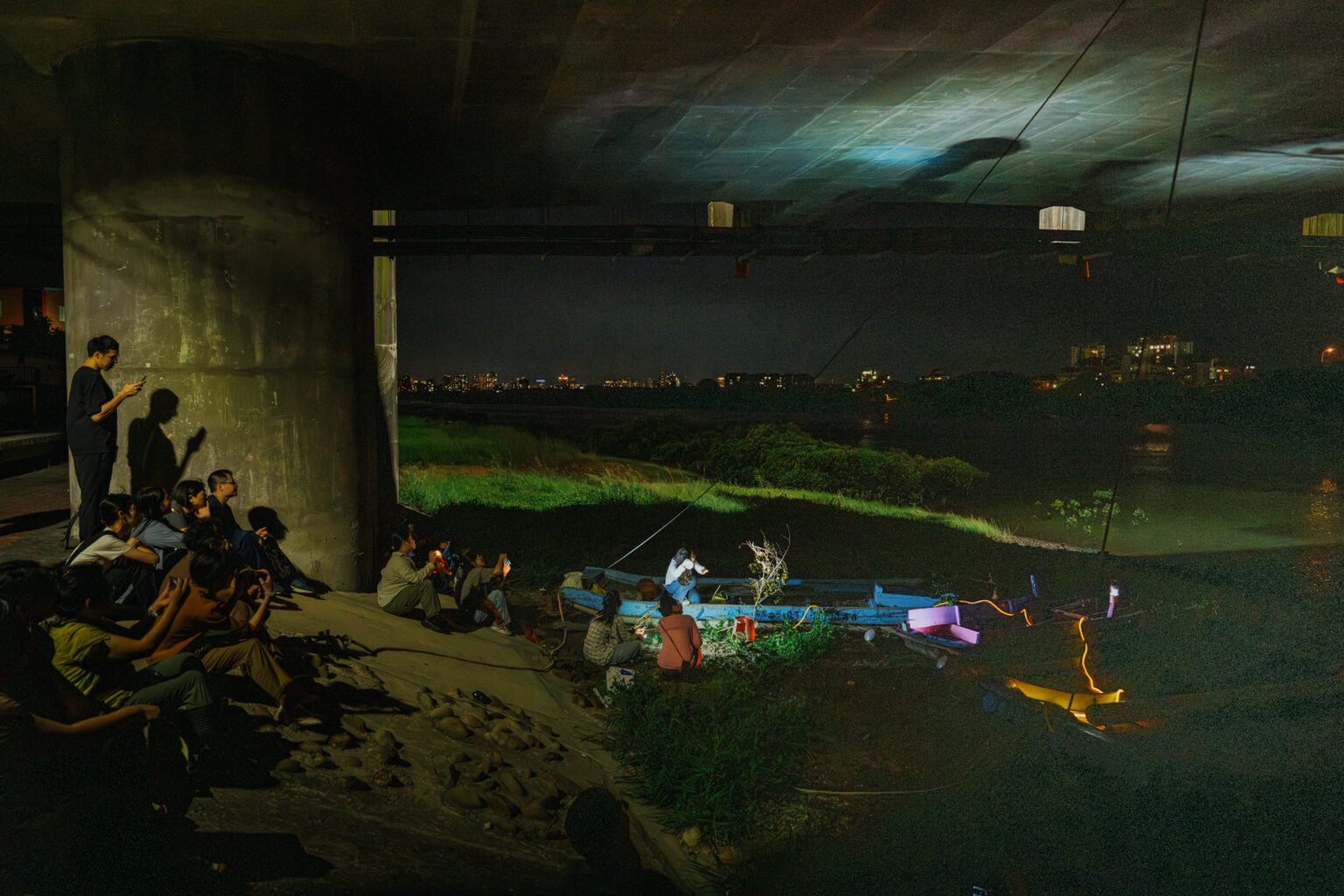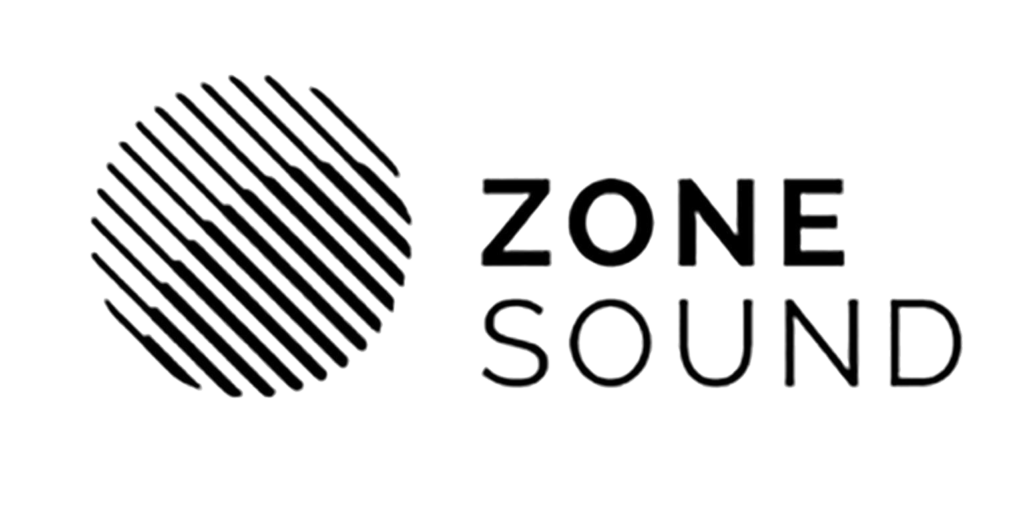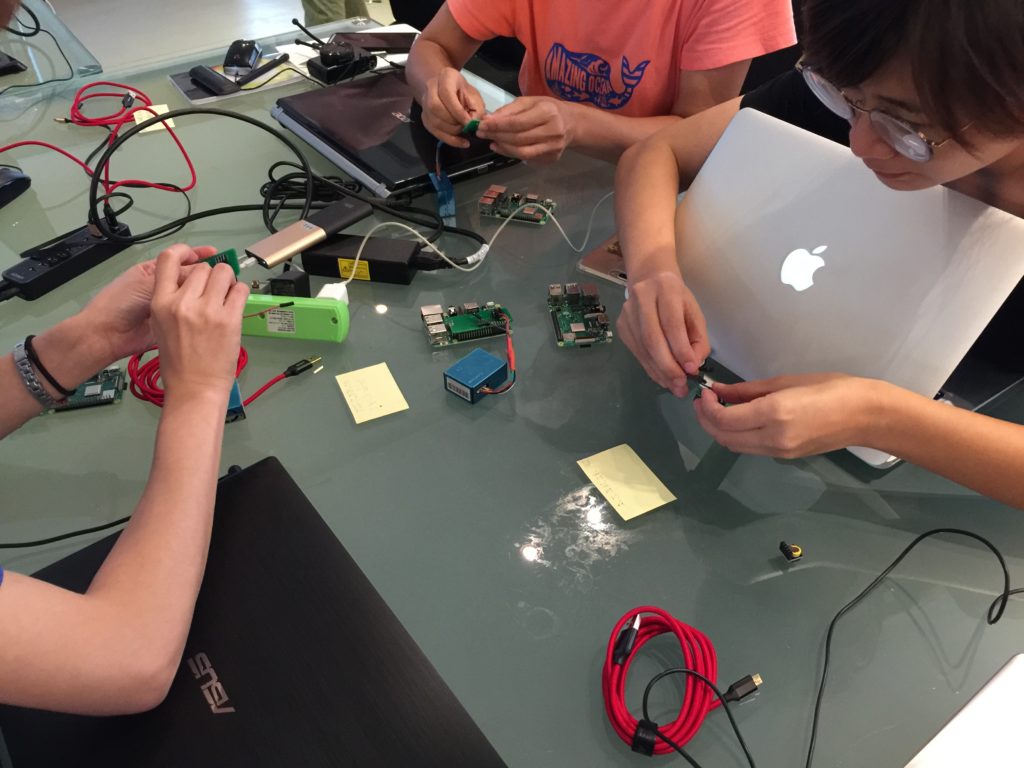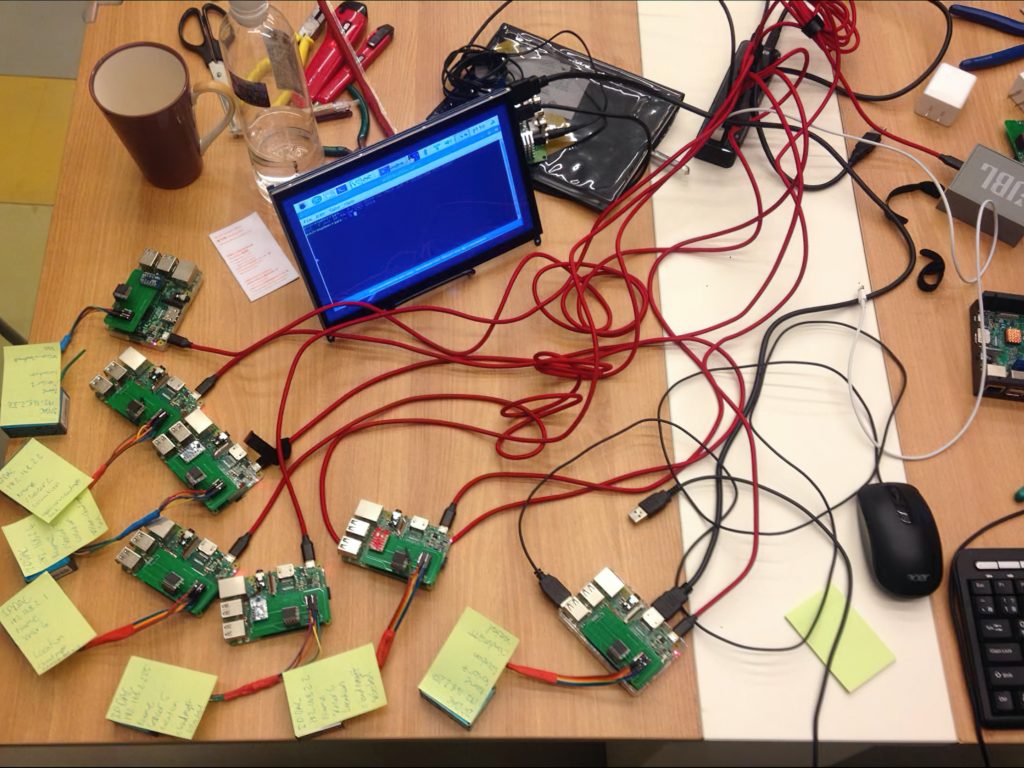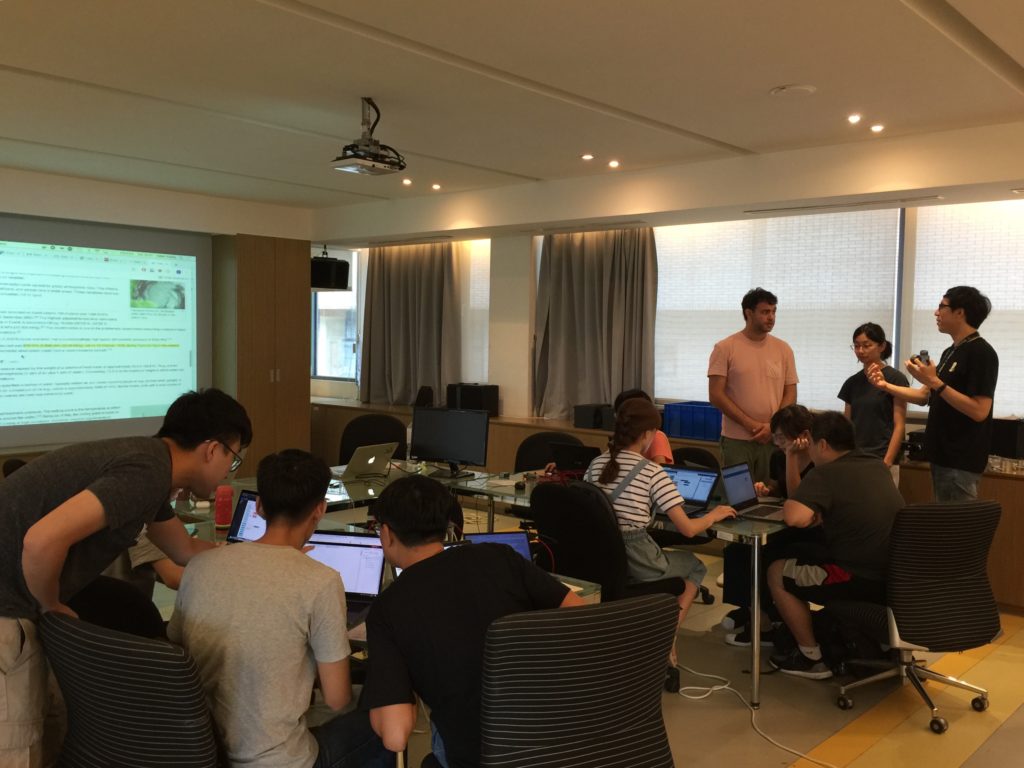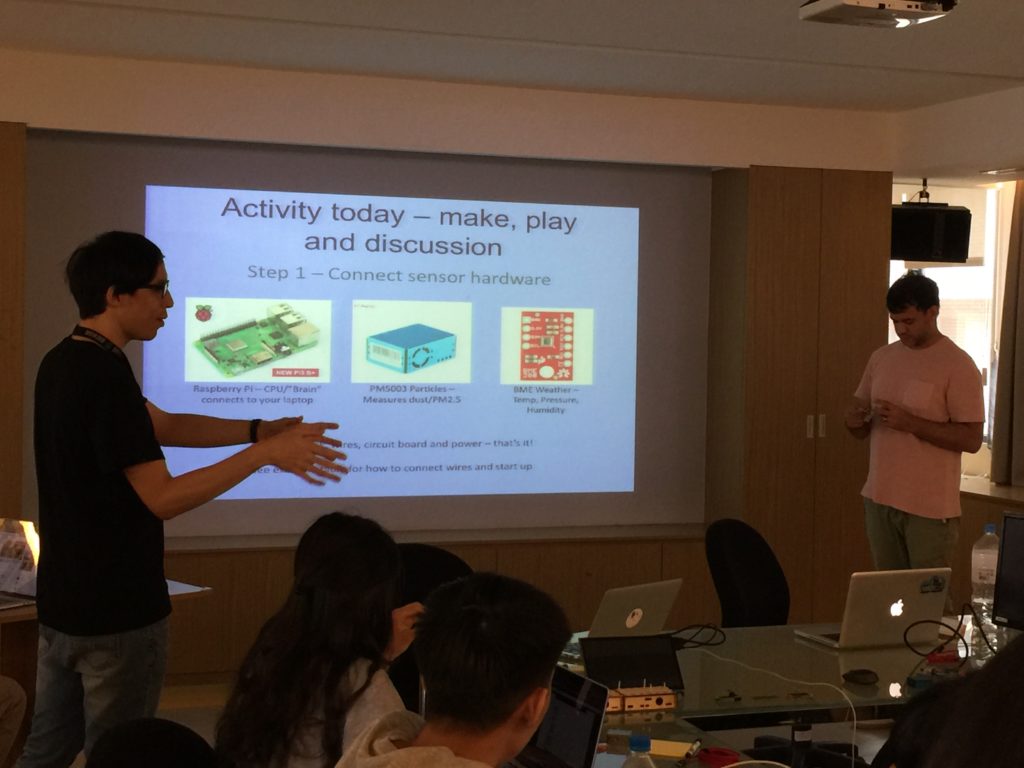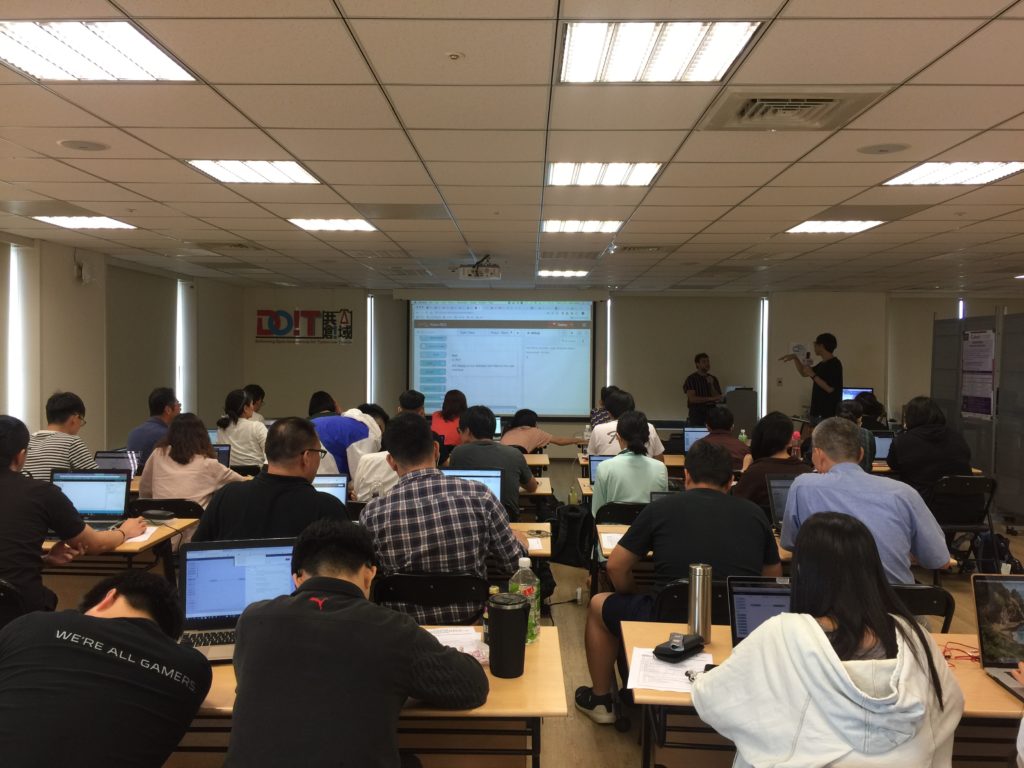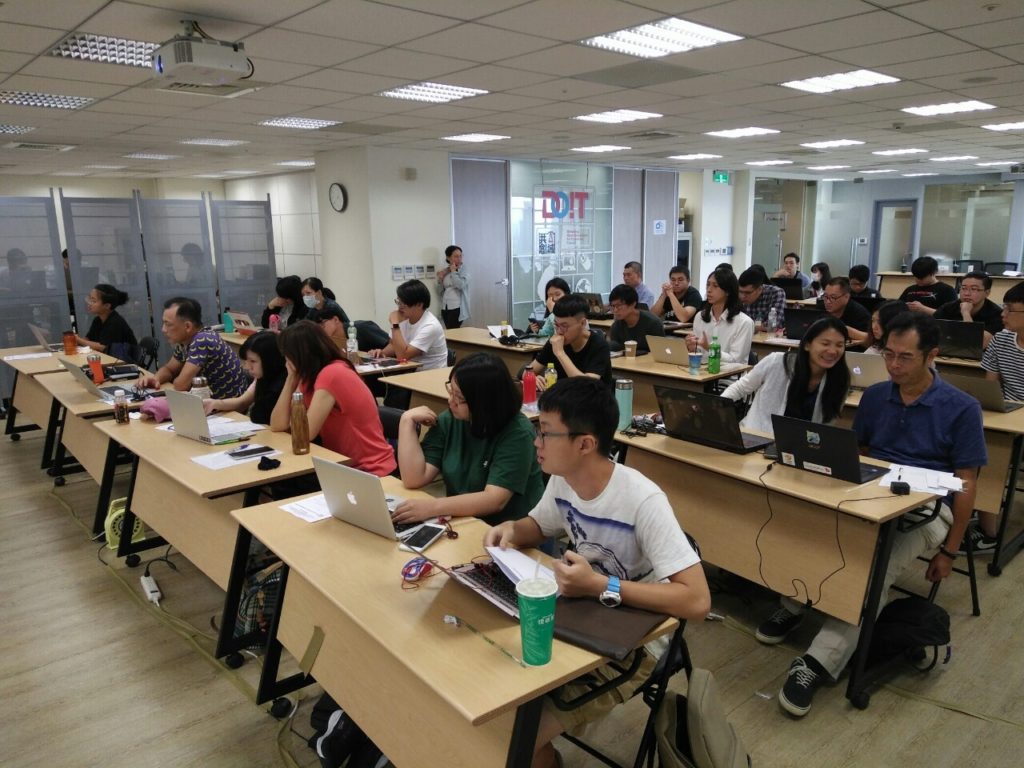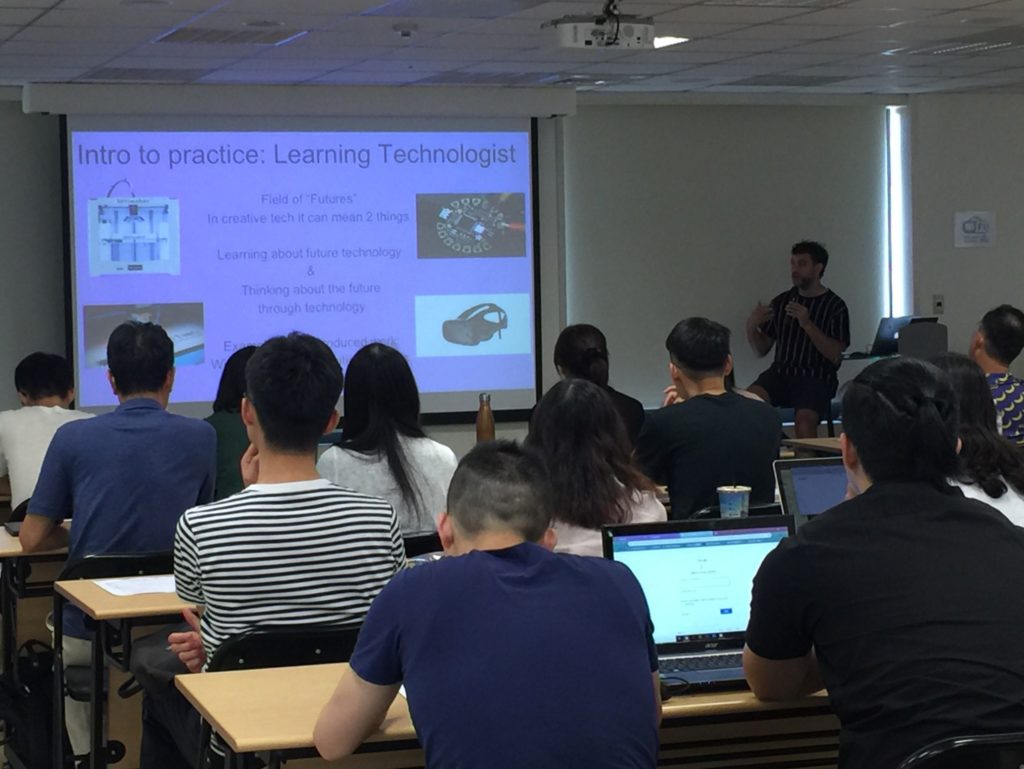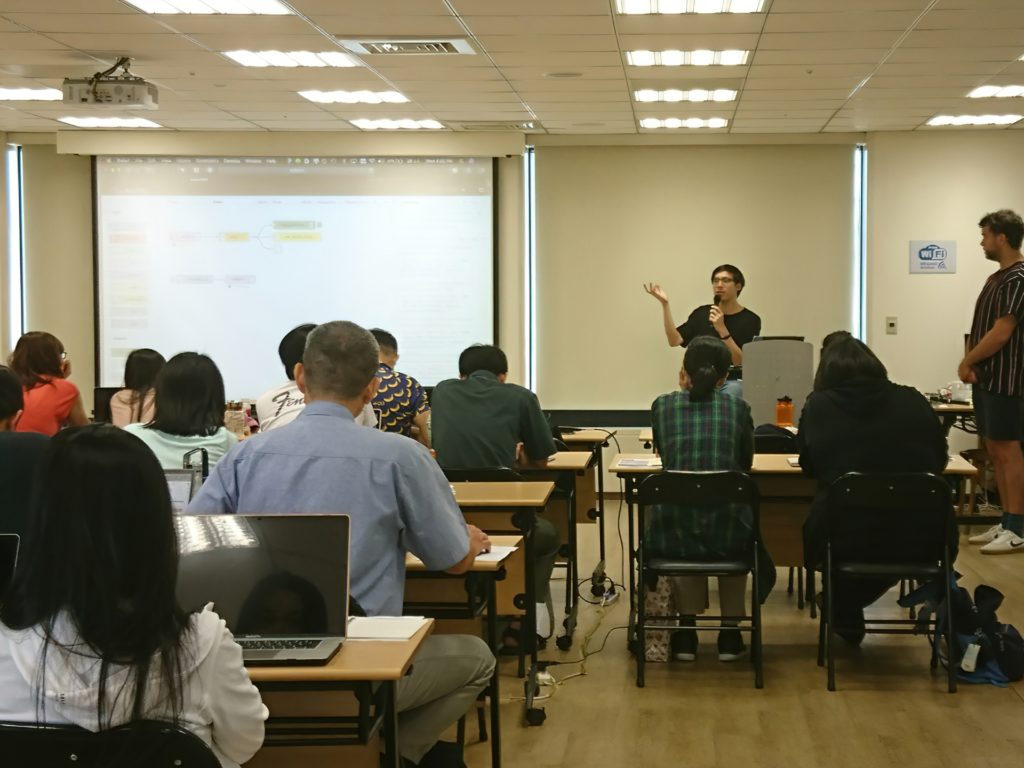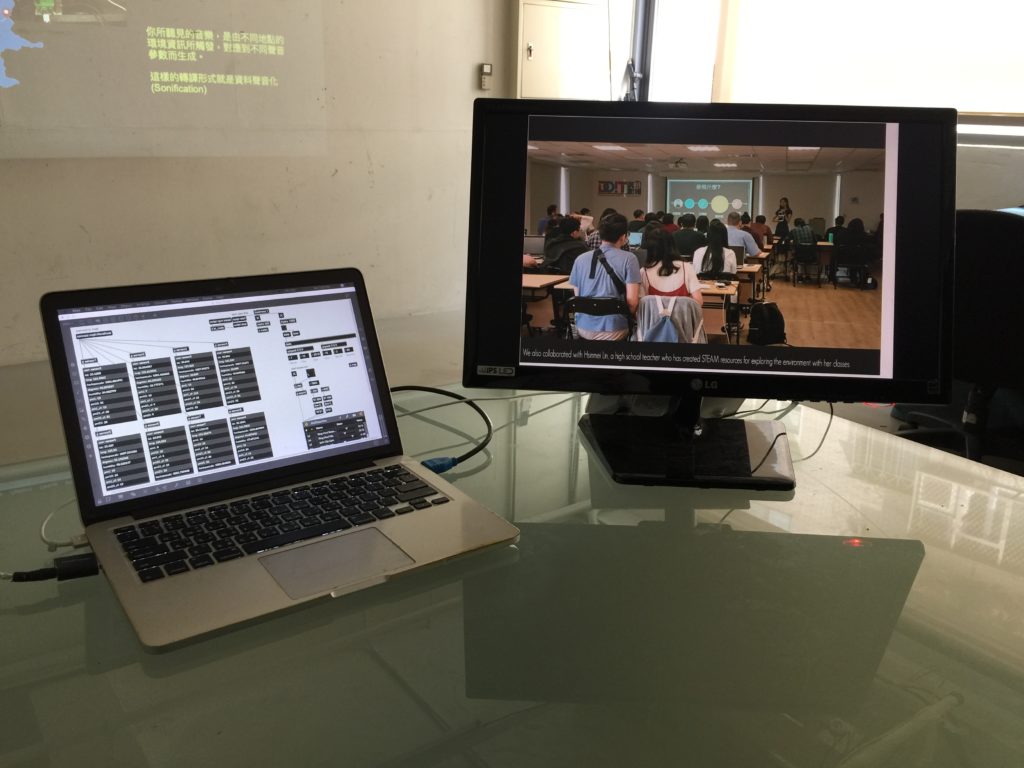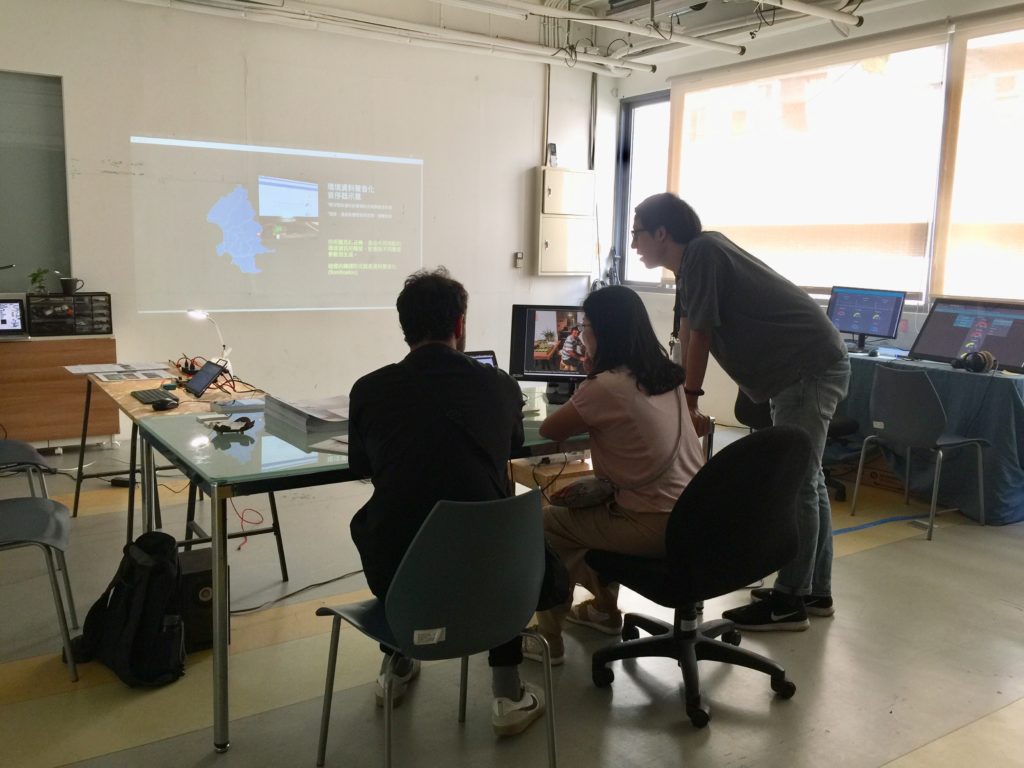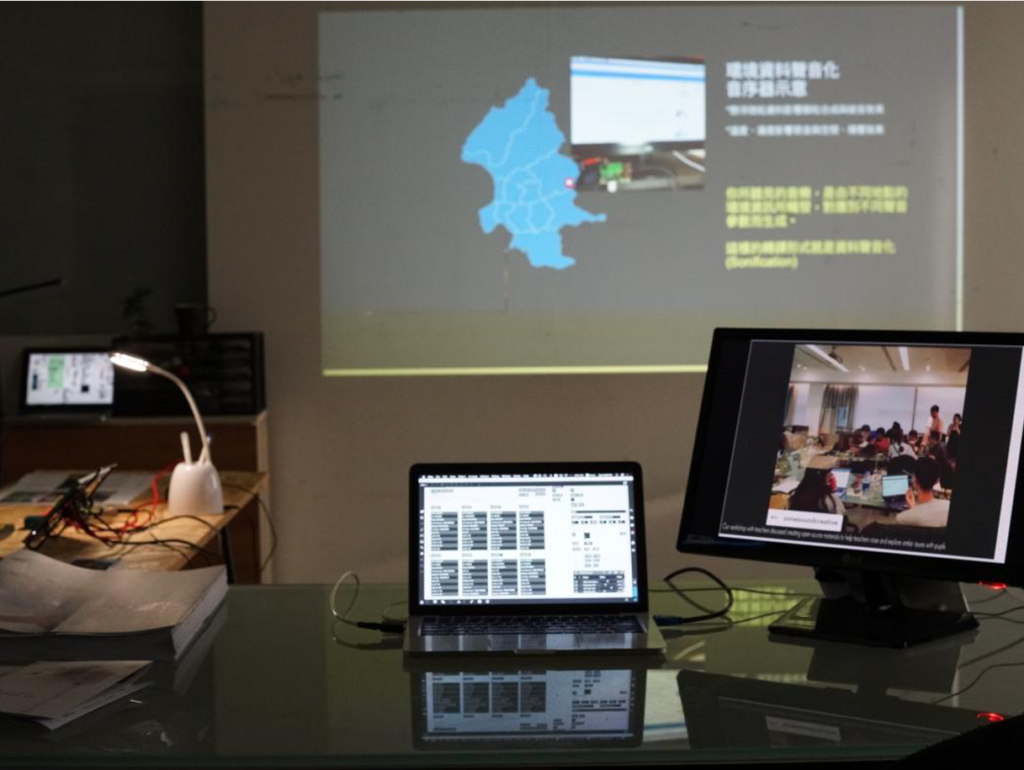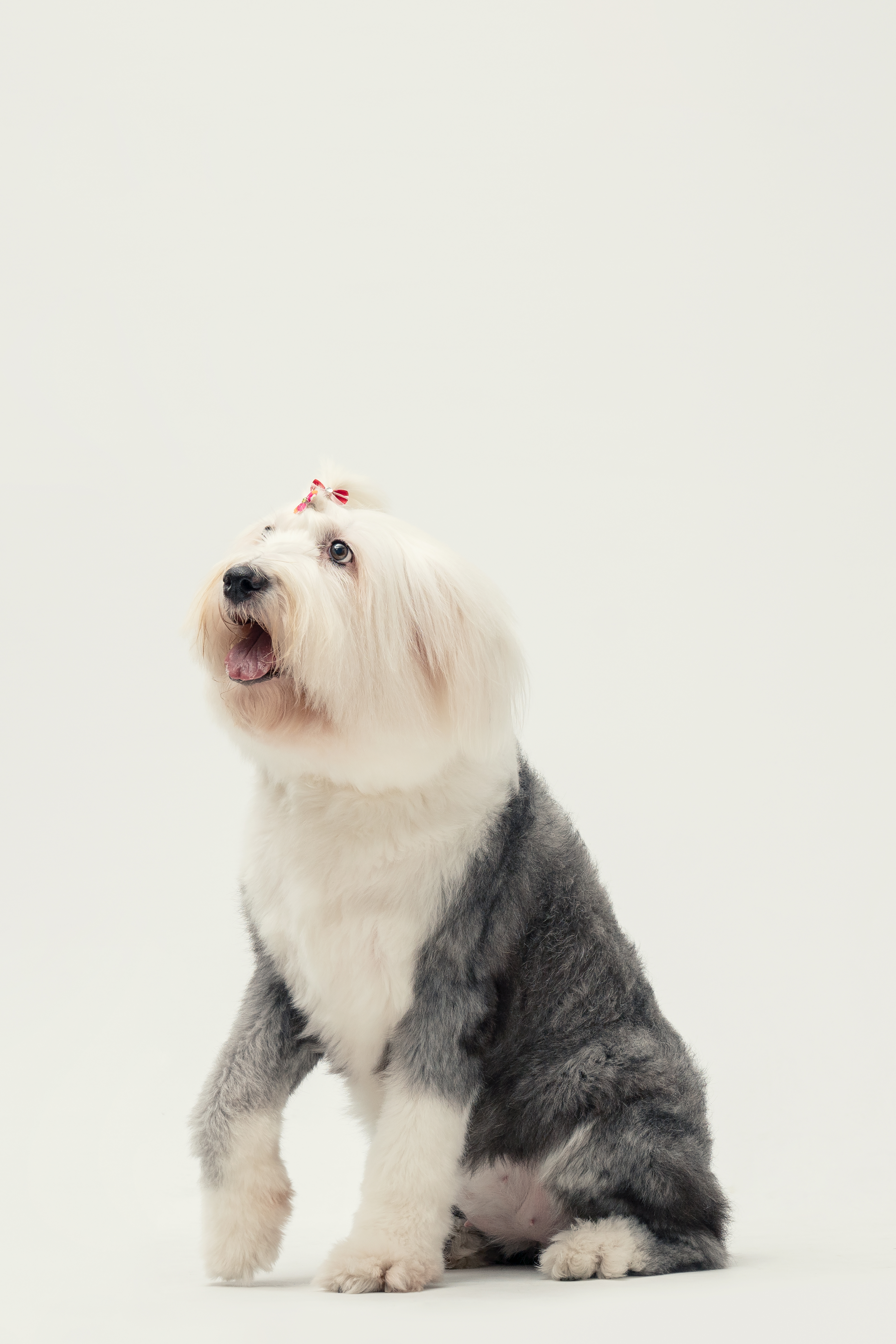
台英合作「Selected Ambient Airs 資料聲音化的共創實踐」
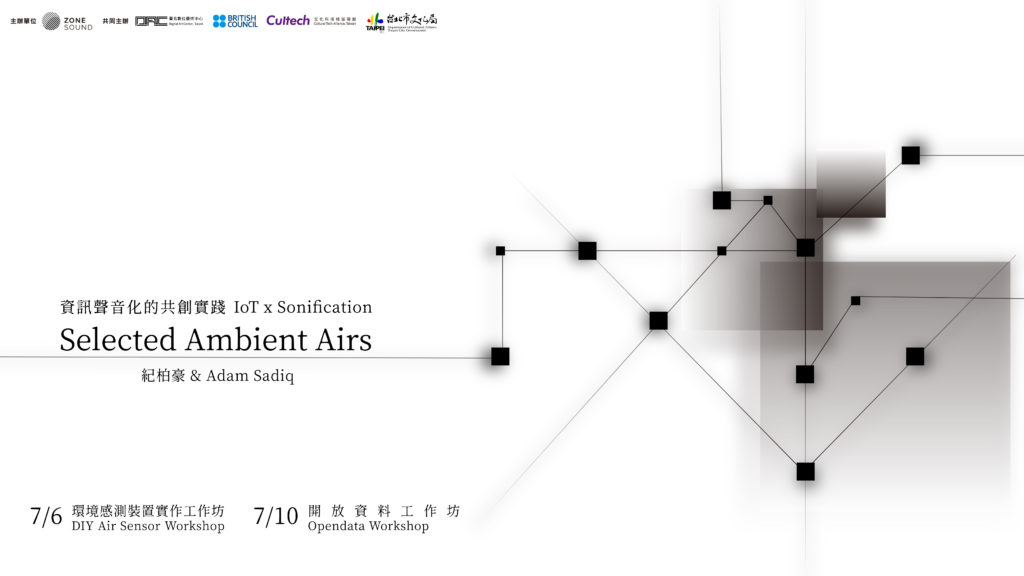
計畫簡介 Introduction
《Selected Ambient Airs》計畫緣起於紀柏豪於英國利物浦藝術與創意科技基金會(FACT Liverpool)駐棧時的合作項目,透過自製環境感測模組與資料聲音化練習,連結環境、科技與藝術,讓參與學員在「實作」與「遊戲」中認識開放資料、基礎電子電路與微控制器,進而以創意科技來串連網路、探索數據、啟動音樂,促進不同領域間的對話與理解。
在這強調共創與連結的時代,實作及遊戲兩者的結合,於本計畫中成為一種模糊創作者與觀眾界線、連接學術研究及跨領域知識的方法,藉以激發群眾參與的因子。計畫執行過程,我們分別於臺北數位藝術中心與C-Lab舉辦工作坊與階段呈現活動。工作坊中我們利用開源軟硬體來自製環境感測模組,理解參數意涵同時創建了自己的開放資料集。研習則除了分享英國與臺灣的STEAM教育經驗外,還帶領學員們利用線上開放資料來進行資料聲音化實驗。這系列活動希望鼓勵人們除了被動接受資訊外的另一種可能性,甚至經由數位工具輔助,以數據為媒材來實踐藝術表達,進而提升對於周遭環境的覺察。
“Selected Ambient Airs” is a project that connects the environment, technology, and the arts by developing an environmental monitoring network and incorporating sonification practices. Hands-on activities allow participants to learn about open data, basic electronic circuits, and microcontrollers. By applying creative technologies, participants connect to the Internet, explore data, create music, and foster social interaction.
In an age of co-creation and connection, the concepts of making and playing effectively blur the line between creators and their audiences, encouraging more individuals to become creators themselves. Both elements are essential for establishing audience participation and nurturing the spirit of collaboration. Building on a series of resources developed across various disciplines, we aim to connect natural systems—specifically, weather and air quality—with compositional methods in generative media to address unseen phenomena and encompass scientific and emotional dimensions.
執行步驟 STEPS
STEP 1 – 物聯網環境感測 IoT Environmental Sensor
創建了一個開源的環境感測模組項目,讓任何人都能夠自行下載套件、購買所需元件照步驟來完成。此模組可對周圍環境的溫濕度、氣壓和其他數據(如PM2.5)進行採集,並定期將資料上傳至雲端。 這些感測模組被放置於臺北市內不同地點,成為環境資料網絡中的節點與觸媒。
For this showcase, we have developed an open-source project to create an environment monitoring module that samples the surrounding air and other data at a regular interval. These modules have been placed around Taipei City to index various environmental sources for us to use as the trigger for signal processing and learning approaches.
STEP 2 – 創造自己的開放資料 Create Your Own OpenData
利用樹莓派開發的環境感測模組,會將所搜集到的環境資料通過MQTT協定於Node-RED平台上發布。我們將能通過簡單的圖形化介面,把感測模組傳輸的數據創建為自己的資料集並開放給他人使用。換句話說,只要有網路,大家都可以下載本計劃中各節點的環境感測資料,也能依照我們所提供的規格來新增節點。
The environment sensor module collects and publishes data from its surroundings over MQTT in Node-RED. We can create a dataset from the environmental data transmitted by these sensor modules and provide access to others through a simple GUI interface. In other words, anyone can download the environmental monitoring data via the Internet and contribute a new node based on the given specifications.
STEP3 – 資料聲音化實驗 Sonification Experiments
「資料聲音化」是將資料以聲音再現的動作。環境感測模組所搜集來的環境數據,經由數位工具輔助對應到不同聲音參數。此一途徑奠基於許多既有系統與資源之上,使用者可自行選擇對應參數的方式,通過多方面交流觀點來促進合作對話。儘管某種程度上,這也是隨機性的展現,因為產出是附加且非刻意的,被觀測者並非有意要傳遞音樂給任何人。但這在概念層面卻很重要,「正在聆聽城市環境狀態」的想法,會改變你我體驗音樂的方式。
We begin with a sonification method that utilizes existing resources to connect various systems, aiming to facilitate cooperative conversations and encourage a mutual alteration of perspectives through the reflection and interpretation of complex rhythms. Conceptually, mapping numeric data to sound parameters introduces an element of randomness, as this music is incidental and unintentional. However, this aspect is significant at the conceptual level. The idea of “listening to our environment” may transform our perception of music.

創意科技 Creative Technology |
音樂表達 Musical Expression |
多元近用 Diversity & Accessibility |
| 在本計畫中應用了許多不同面向的科技產品,如物聯網裝置、微型控制器與感測元件,以及各種圖像化程式語言、通訊協定(如MQTT與OSC)和聲音化軟體(如SuperCollider與Max)。這些工具雖然普及與難易程度不一,但都是為了實現創意而被整合在一起。這些開源軟硬體大幅降低了技術門檻,讓人們能更著重於發展概念、實驗靈感。
In this program, we utilized various technological tools to collect environmental data using advanced sensors. This process allowed us to create intricate rhythms and melody sequences while guiding complex algorithms and transforming musical timbres. By exploring and suggesting innovative concepts for existing technologies—spanning areas like signal processing, Internet of Things (IoT) devices, and sonification—we aim to connect and integrate various fields of study, pushing the boundaries of interdisciplinary collaboration. |
我們將聲音與音樂做為主要轉譯媒介,因視覺感知往往引導著文化資本和感官體驗。當我們想到污染和氣候變遷等議題時,腦海中難免浮現煙囪、冰川和繁忙道路等圖像,佔據了感官使我們知覺疲勞。本計劃試圖以另一種方式來陳述現象,以舒緩因視覺偏見而生的價值判斷,藉由將感測模組提供的數據模式轉化為影音,來描述個體與環境交互影響的狀態。
Using sound to reorient our perception of the world around us is a way to correspond to Ocular-centrism. When we think of issues like pollution and climate change, imagery readily springs to mind about chimney stacks, glaciers, and busy roads, which readily colonizes and fatigues our perceptual register for comprehending these issues. This project aims to state the question in another way to relieve our understanding through visual bias and perhaps through ambient music to bring nature and our environments closer to us. |
本計畫中所使用的環境感測模組,被設計為低成本且開源的方案,操作與傳輸均建立於免費平台與通訊協定上,以便學校和感興趣民眾在未來項目中使用。 讓每個人都能通過數位工具來使用既有數據進行轉譯及表達,除了凸顯多元性與差異外,也降低了群眾與議題間的隔閡。這讓人們更容易參與並享受過程,進而在其他項目上進行協作,並更積極對議題主動採取行動。
The environment monitoring module is designed to be open-source and affordable to build, featuring a free operating platform that makes it accessible for schools and interested citizens for future projects. By providing access to existing data, we aim to highlight the diversity of issues and encourage greater engagement. This approach can make the process more enjoyable, foster collaboration among individuals, and inspire a positive attitude towards taking initiative. |
執行側拍與影像紀錄 Image Documentation
「空氣的聲音」工作坊 ‘Sound of the Airs’ Workshop
Date: 2019/07/06 13:00 – 18:00 at Taipei Digital Art Center
-
利用樹莓派來自製低成本IoT環境感測模組。
-
將感測器所蒐集到的數據上傳至網路成為開放資料。
-
利用環境資料來進行資料聲音化實驗。
-
下載Node.JS來執行Node-RED https://nodejs.org
-
可遠端登入樹莓派的VNC https://www.realvnc.com/en/raspberrypi/
-
聲音編程軟體SuperCollider https://supercollider.github.io
工作坊分為兩時段。由紀柏豪及 Adam Sadiq 分享各自於創意教育與科技的實踐經驗。第一階段偏向硬體設置,第二階段主要部分為帶領大家利用開放資料來實作「資料聲音化」。工作坊第二階段奠基於《環境空氣選擇機(Selected Ambient Airs)》計畫之上,由融聲創意團隊與英國創意工程師Adam Sadiq合作,於臺北市區設置了超過十組自製的環境感測模組,成為小規模的開放資料。主要包含3步驟:
- 利用樹莓派來自製低成本IoT環境感測模組。
- 將感測器所蒐集到的數據上傳至網路成為開放資料。
- 利用開放環境資料下載至個人電腦來進行資料聲音化實驗。
- 群眾共創呈現暨 Open Studio 2019/07/13 11:00 – 19:00
藝術家於台北數位藝術中心的 Open Studio 現場解說側拍
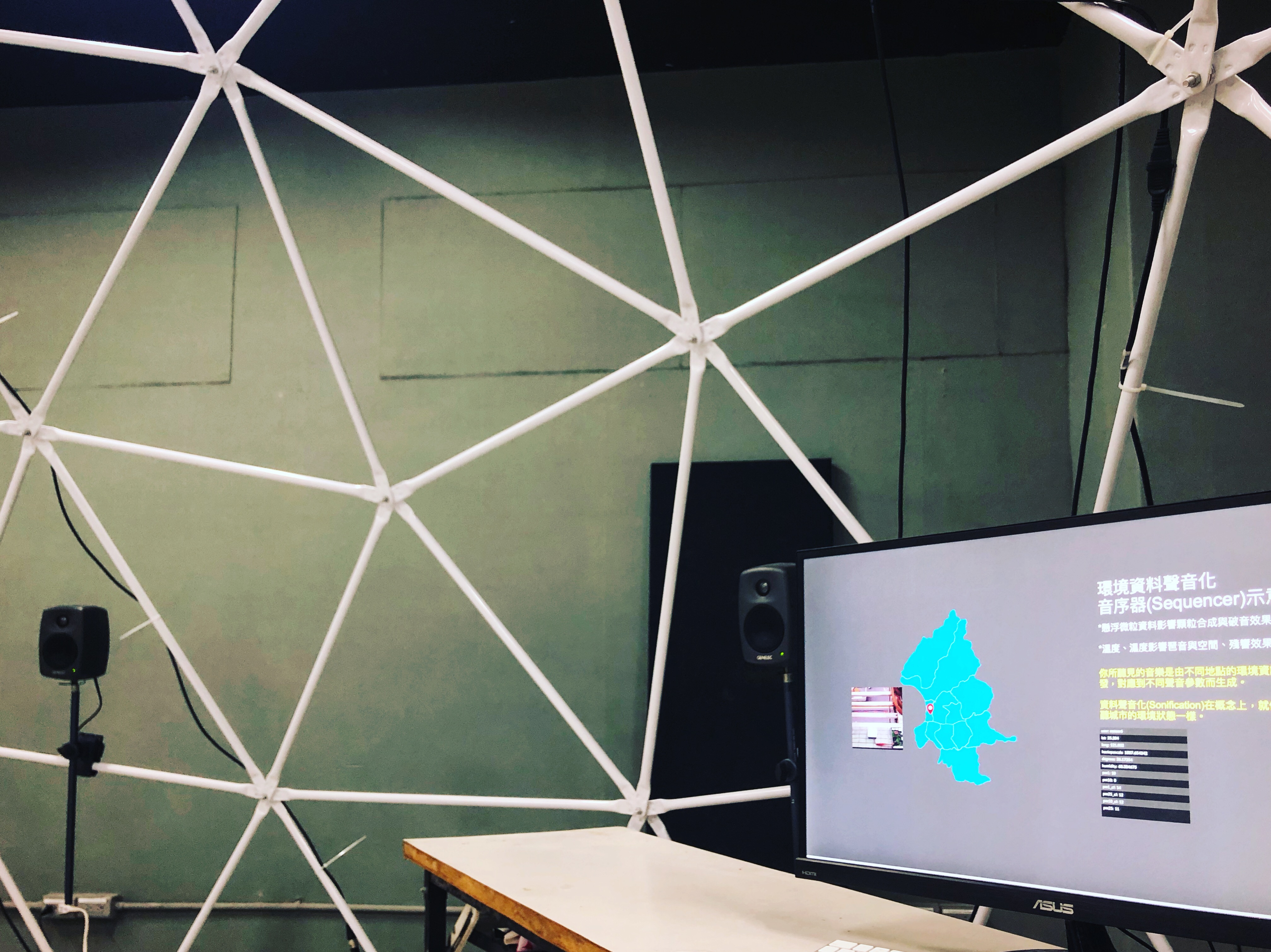
藝術家簡介
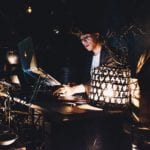 紀柏豪為藝術家、聲音與音樂創作者,現為融聲創意負責人。畢業於台大經濟系、倫敦大學金匠學院音樂碩士。主要研究領域為「互動與生成式音樂」、「聲音化(Sonification)」及「空間聲響(Spatial Audio)」,透過科技輔助來啟發創意。除創作外,亦廣泛參與教育推廣、跨界合作與表演項目。曾參與許多國內外展會、表演與駐村項目。
紀柏豪為藝術家、聲音與音樂創作者,現為融聲創意負責人。畢業於台大經濟系、倫敦大學金匠學院音樂碩士。主要研究領域為「互動與生成式音樂」、「聲音化(Sonification)」及「空間聲響(Spatial Audio)」,透過科技輔助來啟發創意。除創作外,亦廣泛參與教育推廣、跨界合作與表演項目。曾參與許多國內外展會、表演與駐村項目。
 Adam Sadiq 為藝術家、教育技術指導(Artist and learning technologist)。畢業於英國倫敦大學人類學系、英國利物浦大學建築環境設計研究所,關注新媒體科技、技術與文化發展,進而從地理學角度探索、分析提出對於未來之可能方案。作品 The Anarchitecture of Liverpool 曾入圍 2012 年 FACT 利物浦電影之夜。
Adam Sadiq 為藝術家、教育技術指導(Artist and learning technologist)。畢業於英國倫敦大學人類學系、英國利物浦大學建築環境設計研究所,關注新媒體科技、技術與文化發展,進而從地理學角度探索、分析提出對於未來之可能方案。作品 The Anarchitecture of Liverpool 曾入圍 2012 年 FACT 利物浦電影之夜。
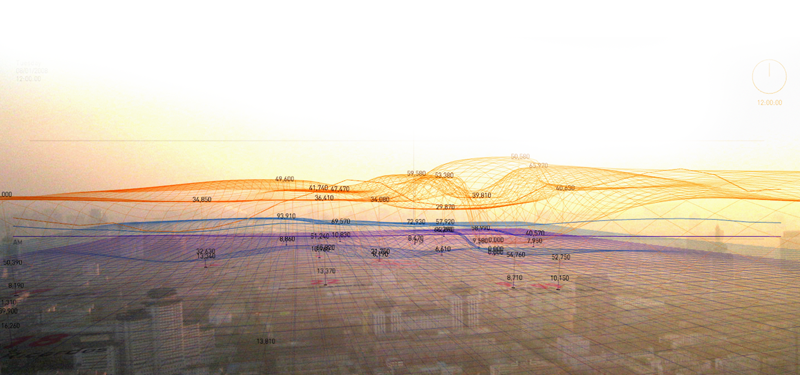
- 主辦單位 Organizer:融聲創意 ZONE SOUND CREATIVE
- 贊助單位 Sponsor:英國文化協會 British Council、臺北市文化局 Taipei Department of Cultural Affairs
- 合作單位:文化科技發展聯盟 CulTech Alliance、臺北數位藝術中心 Taipei Digital Art Center
相關文章

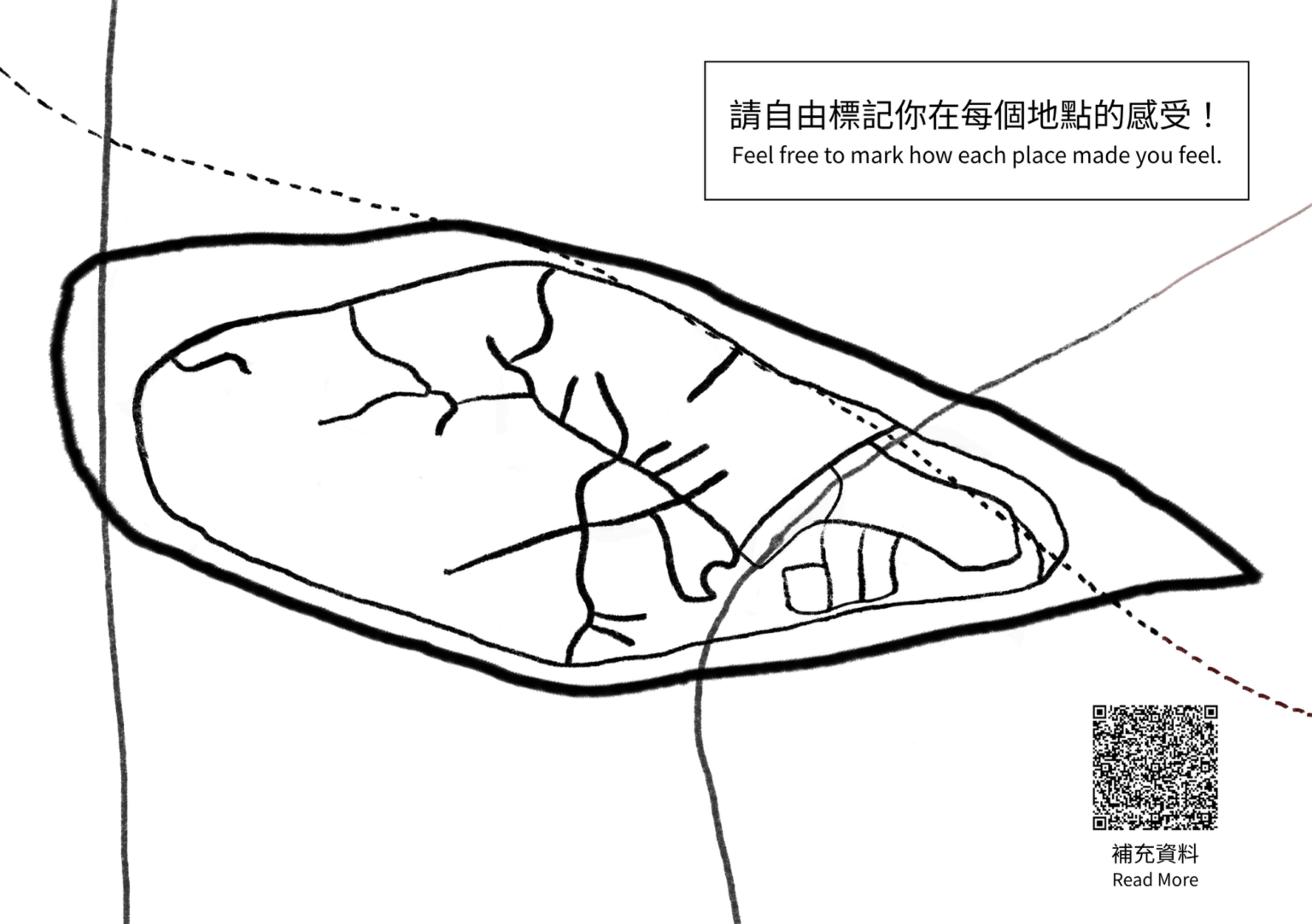
在舊港島練習節奏分析:從 Lefebvre 的 Rhythmanalysis 談起
參考法國思想家 Henri Lefebvre 在《Rhythmanalysis》提出的節奏分析,我們把夜間與日間的走訪、感知卡片、島嶼模型製作等活動,視為一次在現場展開的節奏實驗。這篇文章整理這套方法背後的理論線索,也說明它如何被轉寫成實際可操作的感知工具。
